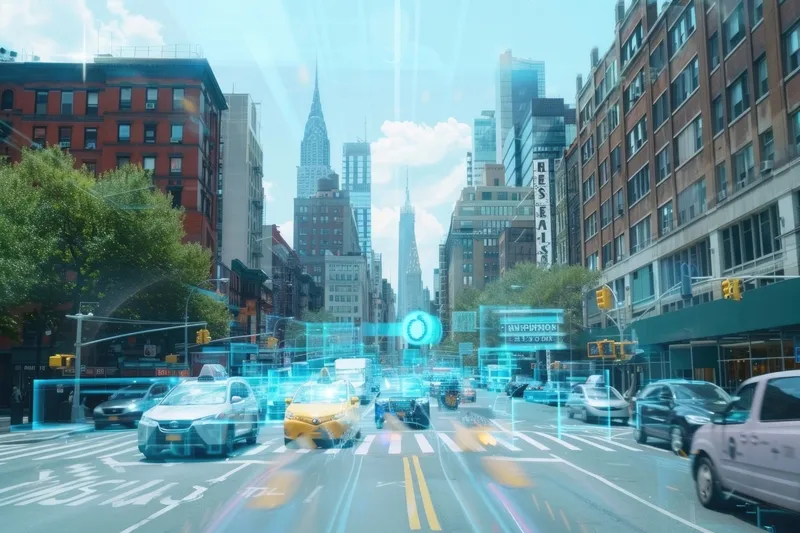Booth 446
TrafficCast hosts live mobile demonstrations
TrafficCast International is here at ITS America Detroit with a live demonstration of connecting mobile devices and connected vehicles to the company’s IoT data collection and analytics platform.As the company points out, by providing a multi-purpose vehicle-to-infrastructure (V2I) roadside application platform, TrafficCast products and services are used as the foundation to enable a variety of smart city technology strategies. Included is a new approach to roadside sensor functionality: TrafficCast’s Blue
June 6, 2018
Read time: 2 mins








